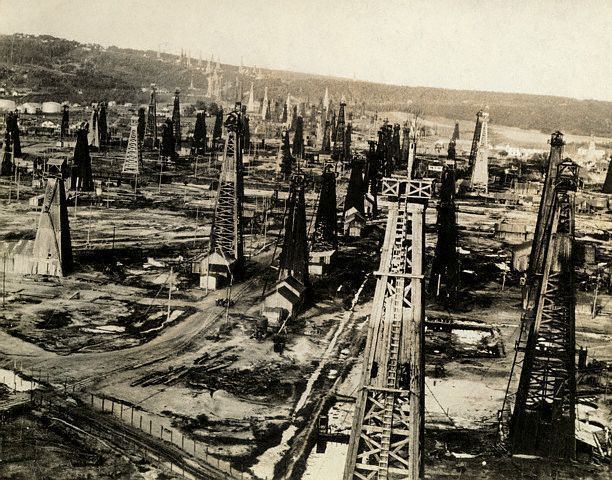 | ||
Romania was one of the largest producers of oil in World War II. The oil extracted from Romania was essential for the German war campaigns. The petrochemical industry near Ploieşti was bombed heavily by American bombers (see Operation Tidal Wave). After the war, a heavy reconstruction and expansion was done under the communist regime. Since then, most of the industry has been privatized.
Possessing substantial oil refining capacities, Romania is particularly interested in the Central Asia-Europe pipelines and seeks to strengthen its relations with some Arab States of the Persian Gulf. With 10 refineries and an overall refining capacity of approximately 504,000 bbl/d (80,100 m3/d), Romania has the largest refining industry in the region. Romania's refining capacity far exceeds domestic demand for refined petroleum products, allowing the country to export a wide range of oil products and petrochemicals — such as lubricants, bitumen, and fertilizers — throughout the region.
Refineries
This is an incomplete list of oil refineries in Romania:
